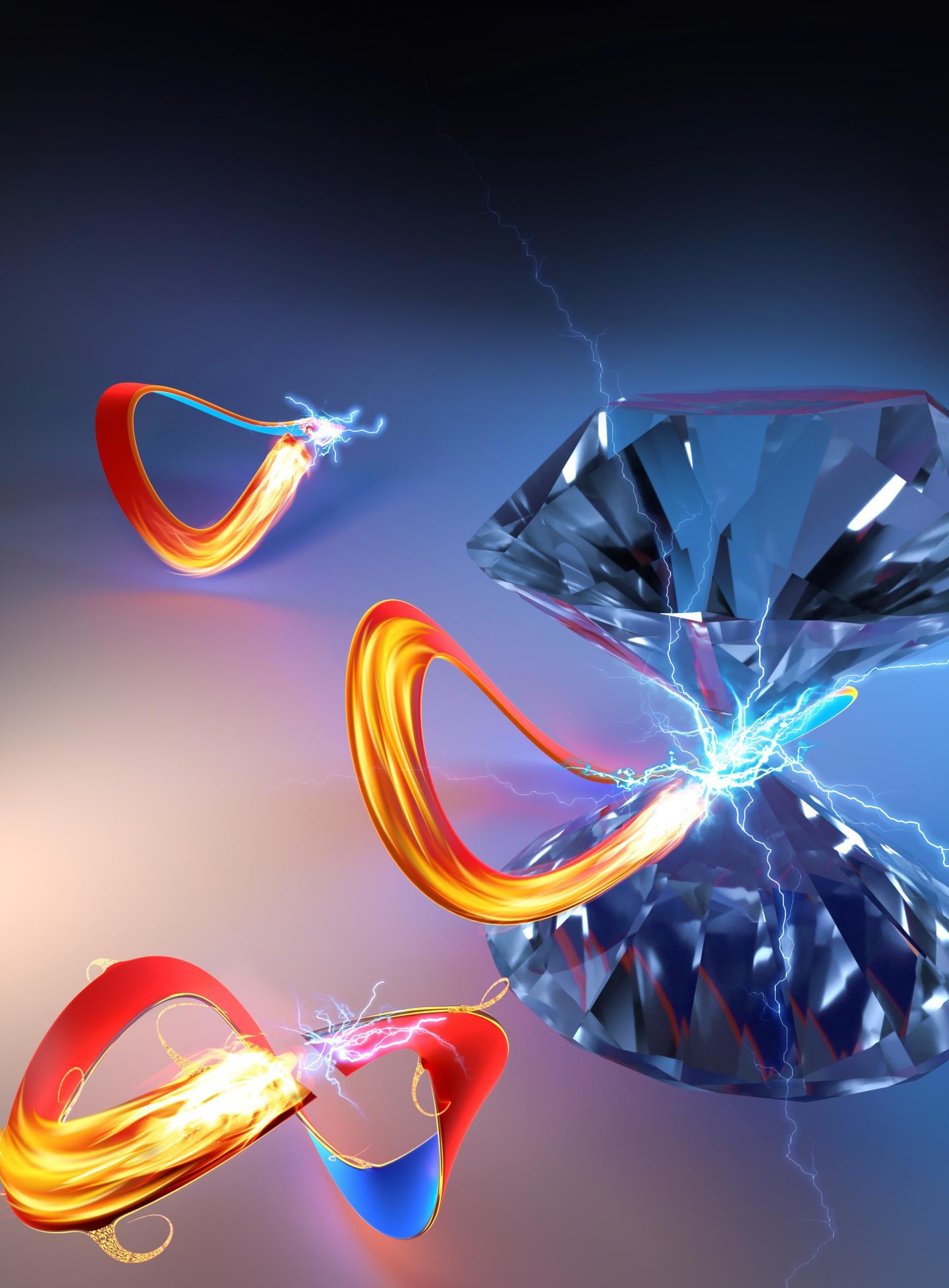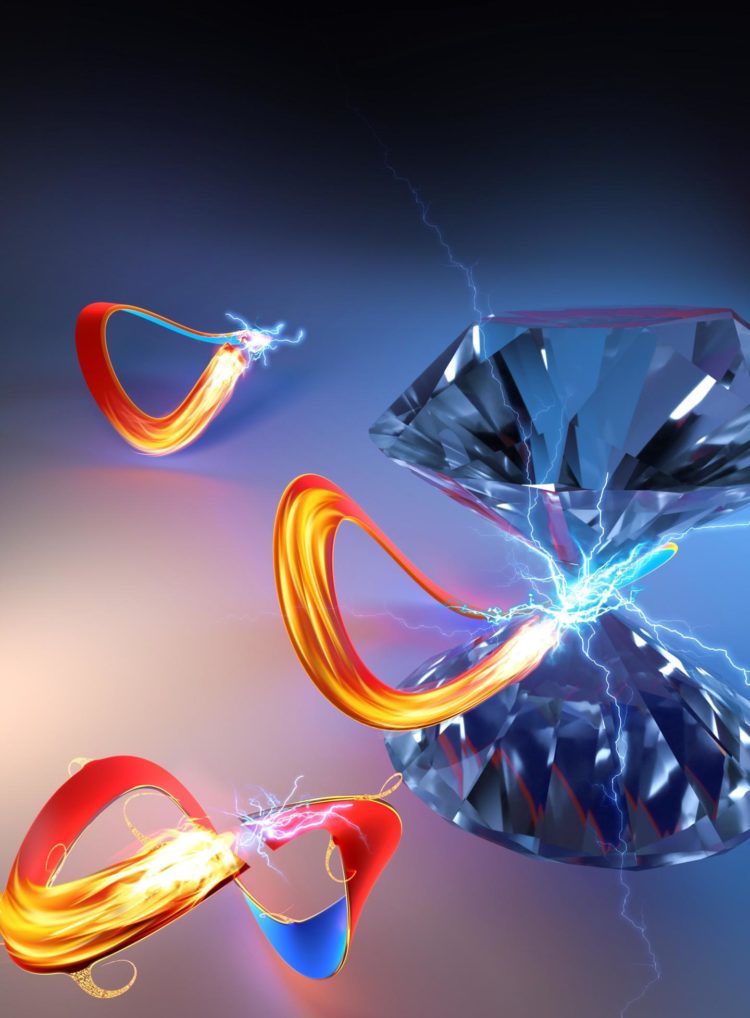New way to use compression techniques to improves thermoelectric performance, bringing researchers closer to practical applications that could help fight climate change

Credit: Courtesy of Xiao-Jia Chen
Washington, DC– Pressure improves the ability of materials to turn heat into electricity and could potentially be used to create clean generators, according to new work from a team that includes Carnegie’s Alexander Goncharov and Viktor Struzhkin published in Nature Materials.
Alternative energy sources are key to combating climate change caused by carbon emissions. Compounds with thermoelectric capabilities can convert thermal energy’s innate, physical need to spread from a hot place into a cold place into energy–harvesting electricity from the temperature differential. In theory, generators built from these materials could be used to recover electricity from “wasted” heat given off by other processes, making major contributions to the nation’s energy budget.
However, engineers have been unable to improve the room-temperature performance of any thermoelectric materials in 60 years, meaning that devices built to take advantage of this capability are only practical for some very specific applications, including remote gas pipelines and spacecraft.
“Our measurement of the efficiency of room-temperature thermoelectricity has not budged in more than half a century,” said Goncharov. “Thermoelectric compounds have demonstrated improved performance at high temperatures, but we really need them to work well at room temperature to make the most of their potential for green energy.”
This is precisely the kind of problem that material science is suited to address.
The research team–led by Liu-Cheng Chen of the Center for High Pressure Science and Technology Advanced Research–found that they could improve the thermoelectric capability of lead selenide by applying pressure and mixing in charged particles of chromium.
By squeezing the material in the diamond anvil cell –which acted as a sort of “chemical pressure”– and adding the chromium, the lead selenide was encouraged to undertake a structural rearrangement at the atomic level, enabling the most-efficient demonstration of room-temperature thermoelectric generation ever recorded.
Under 30,000 times normal atmospheric pressure, the chromium-doped lead selenide was able to produce electricity with the same efficiency that the top-performing thermoelectric materials do at 27 degrees Celsius (80 degrees Fahrenheit).
“Our work presents a new way to use compression techniques to improve the thermoelectric performance, bringing us closer to practical applications that could help fight climate change,” concluded Xiao-Jia Chen of the Center for High Pressure Science and Technology Advanced Research (formerly of Carnegie).
###
The paper’s other co-authors are Pei-Qi Chen of MIT, Wei-Jian Li of the Xiao-Jia Chen of the Center for High Pressure Science and Technology Advanced Research, and Qian Zhang and Zhifeng Ren of the University of Houston.
This work was funded, in part, by the Carnegie Institution for Science.
The Carnegie Institution for Science (carnegiescience.edu) is a private, nonprofit organization headquartered in Washington, D.C., with six research departments throughout the U.S. Since its founding in 1902, the Carnegie Institution has been a pioneering force in basic scientific research. Carnegie scientists are leaders in plant biology, developmental biology, astronomy, materials science, global ecology, and Earth and planetary science.
Media Contact
Alexander Goncharov
[email protected]
Related Journal Article
http://dx.





